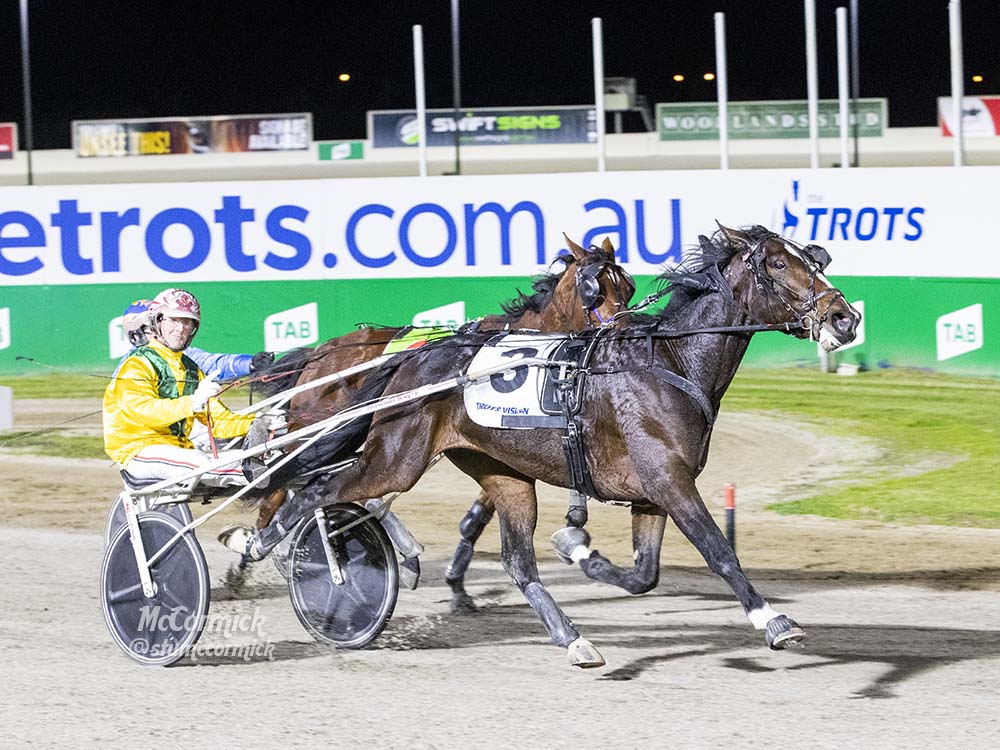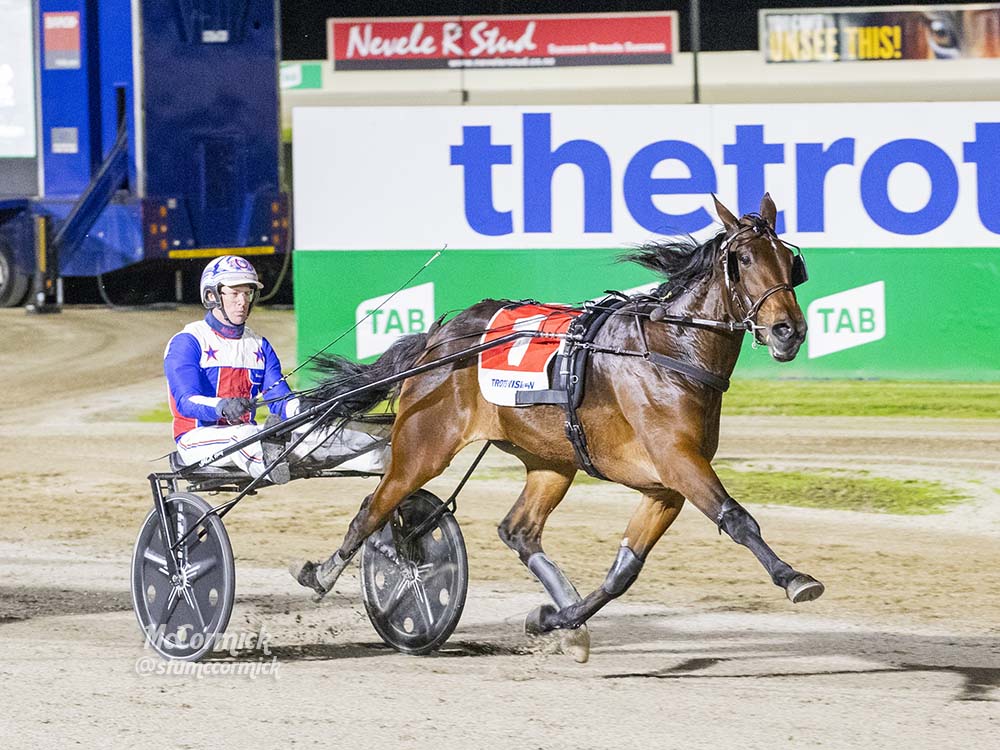 Ever since Harness Racing Australia leveraged lockdown life amid the mayhem of COVID-19’s most virulent period to switch seasons, confusion and chaos has surrounded juvenile racing.
Ever since Harness Racing Australia leveraged lockdown life amid the mayhem of COVID-19’s most virulent period to switch seasons, confusion and chaos has surrounded juvenile racing.
For those that don’t track the trots with zealotry and passion, the terminal months of each term, in this nation, were September and August, almost in alignment with thoroughbred racing though one month apart.
This concept connected the symbiotic link between breeding and racing, but for many years Australian harness racing harboured an often unspoken but plaintively perpetual desire for change.
And as was the case for many industries, the pandemonium of a global pandemic afforded them their chance to pull that programming trigger.
On Saturday night at Melton, two Home Grown Classics for juvenile trotters were run and won, and without intending to do so, they symbolized the dichotomous consequences of this seasonal recalibration.
On one hand, you see – and this isn’t the simplest concept to comprehend – the “juveniles” contesting last weekend’s Home Grown features are not juveniles at all.
By birthdate, they’re three years of age.
On the other hand, they remain organically inexperienced.
Given their relative “ages” there’s something naturally trite about the following comparison, but by racing five months into the new season, these “babies” are not totally unlike the two-year-old’s that once began their careers in late December/early January.
Nevertheless, the differences we’re witnessing as a repercussion of altering terms is obvious.
In the old world, juveniles that launched their careers before Christmas were most unlikely to feature in major futurity series like the Vicbred Super Series or Breeders Crown much later in proceedings.
They were, typically speaking, very young runners making that were making hay – quite literally – while the sun shone through Australia’s summer months.
This tenet, on face value, no longer applies.
Saturday night’s first Home Grown winner, Kyvalley Maven, probably has the talent to strike significant blows against the best of his age group as the season progresses.
 And the second Home Grown champion, Violet Stanford, is almost certain to measure up in Victoria’s most prestigious freshman races later this season, as is the filly that followed her home, Maoris Mac.
And the second Home Grown champion, Violet Stanford, is almost certain to measure up in Victoria’s most prestigious freshman races later this season, as is the filly that followed her home, Maoris Mac.
In fact, reinsman Nathan Jack, who trained and drove Violet Stanford, said as much in his post-race interview on TrotsVision.
And he knows something about the way this caper works given last season’s Home Grown Classic for juvenile pacers was fought out between the benchmark horses of their generation, School Captain and The Lost Storm.
Isaac Newton’s first law of physics dictated that every action has an equal and opposite reaction.
But that law applies to everything in life, not merely science.
And the repercussions of Australian harness racing’s season switch, at least for two-year-olds, is patently clear.
No longer will we have early-season stars and late-season heroes.
These days, they’re very much one and the same.
The opinions expressed in The Forum are those of the author and may not be attributed to or represent policies of Harness Racing Victoria, which is the state authority and owner of thetrots.com.au.